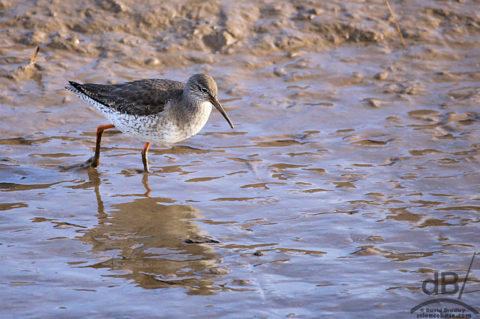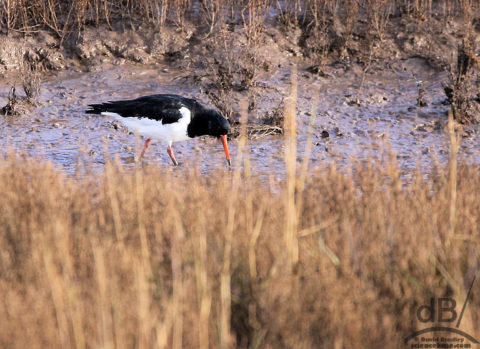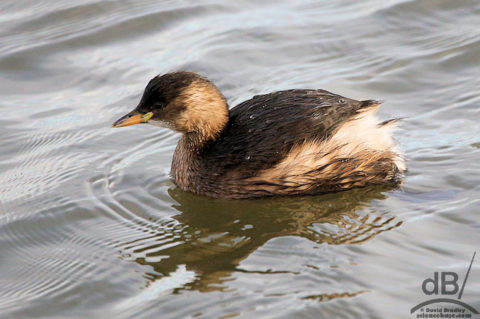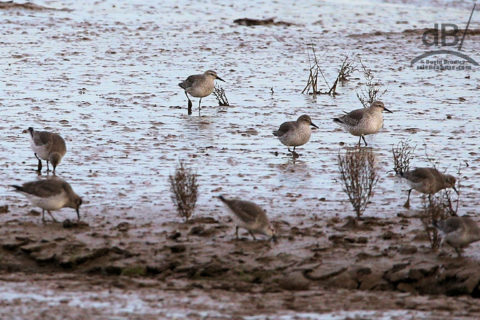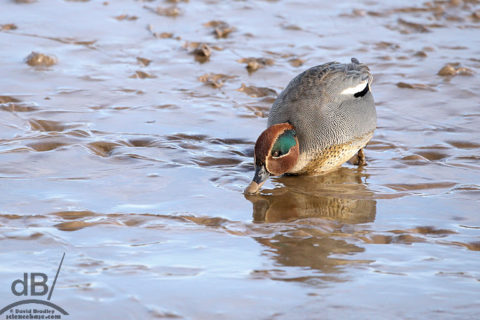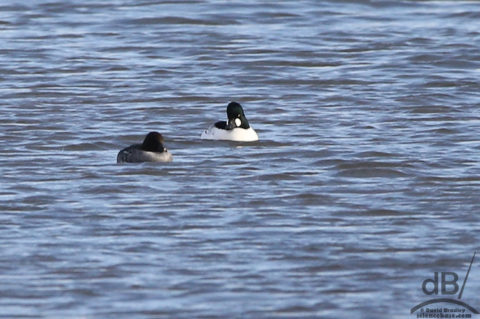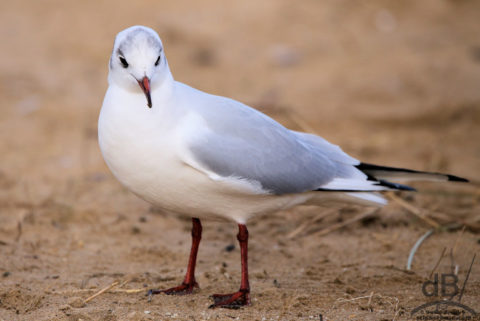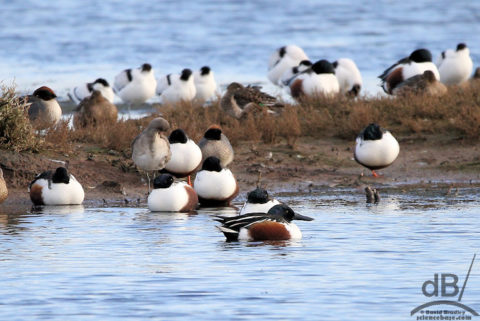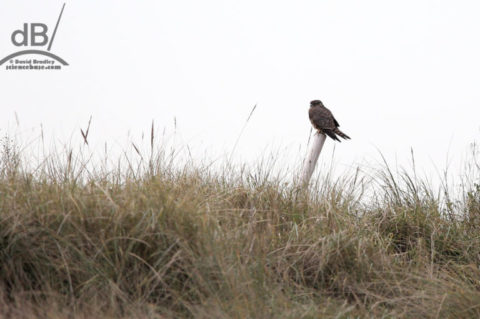It seems I was suckered by one of our feathered friends. Having installed an extra bird feeder, one designed to dispense nijer seeds and nothing else, I was chuffed to see the Goldfinches (Carduelis carduelis) getting to grips with it. Then within minutes another finch, a Redpoll, had turned up and was barking and flapping at the Goldfinches to get off the feeder so he could have his share, some of the Golds took notice, others ignored him.
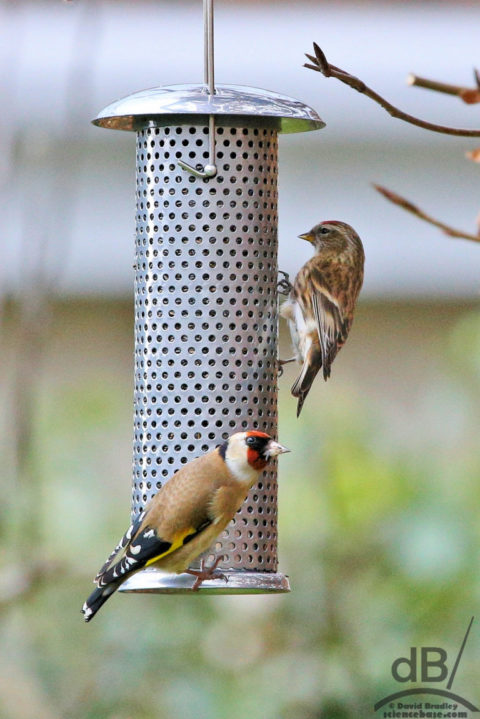
I posted a couple of photos of the Redpoll and assumed from a quick glance at the book and the RSPB website, that this was a Common Redpoll (Acanthis flammea, Carduelis flammea in the RSPB literature). I hadn’t counted on there being a Lesser Redpoll (Acanthis cabaret) which is almost identical. My expert friend Brian also pointed out that there was a third possibility a sub-species of the Common/Lesser, known as Acanthis flammea cabaret. Despite the layer of name confusion, it seems that the taxonomy is far from settled either way.
Indeed, Wiki points out that Lesser Redpoll is sometimes referred to as a subspecies of the Common Redpoll, but it has recently been split from that species by the British Ornithologists’ Union. I asked Brian whether he thought the bird I’d photographed was a Lesser or a Common and his answer didn’t quite clarify things for me as very much the amateur birder:
Same thing. It's a Lesser, i.e. cabaret is the taxon. Whether that is A. cabaret (Lesser Redpoll) or A. flammea cabaret (subspecies of Common Redpoll) is a matter for debate!
Of course, there’s also the Arctic Redpolls (Acanthis hornemanni)Â to consider too.
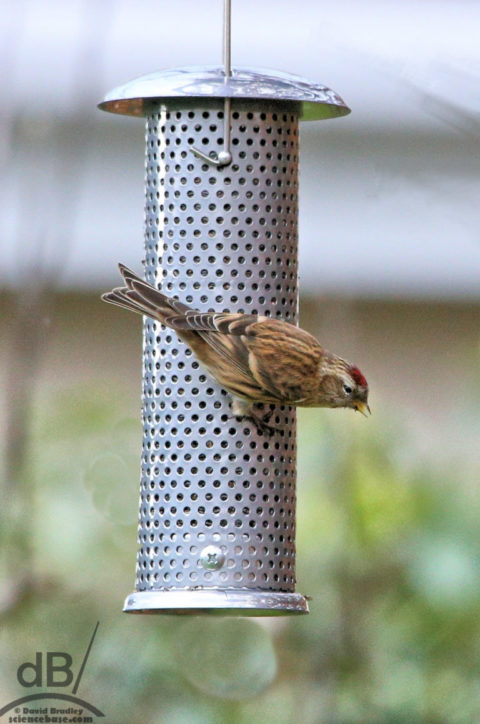
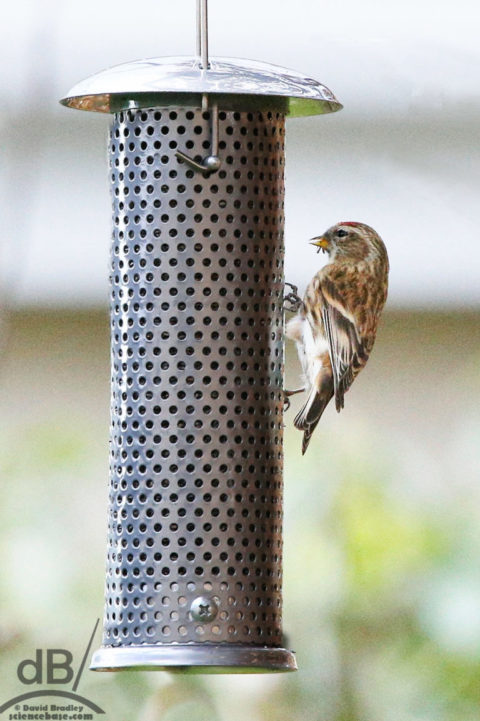
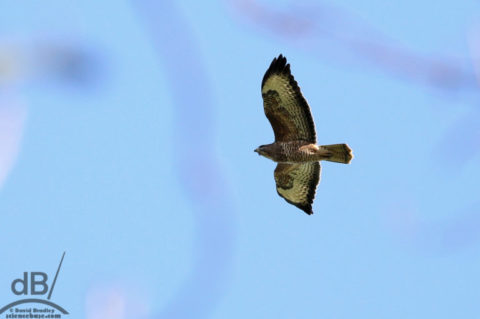
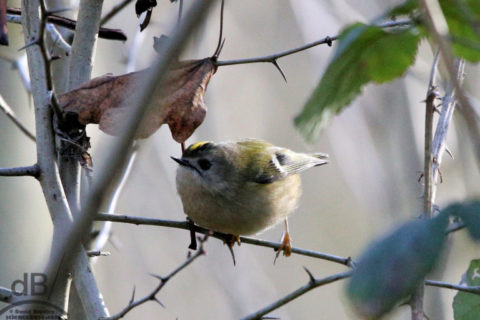
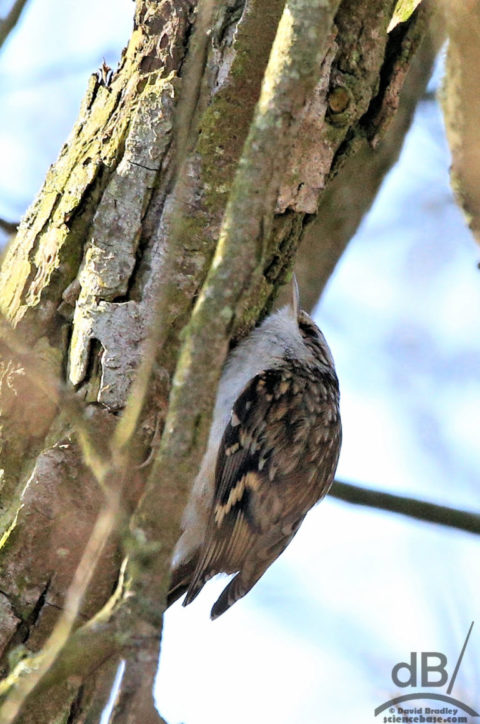
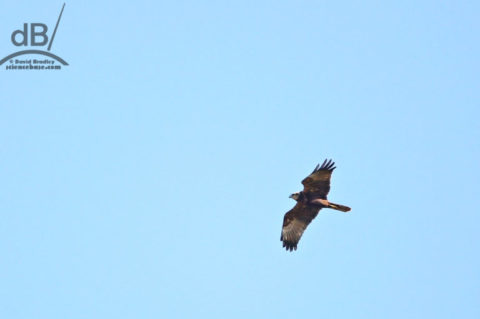
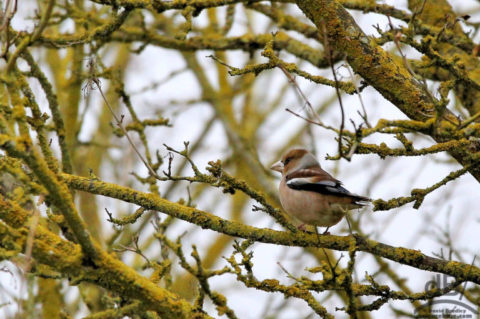
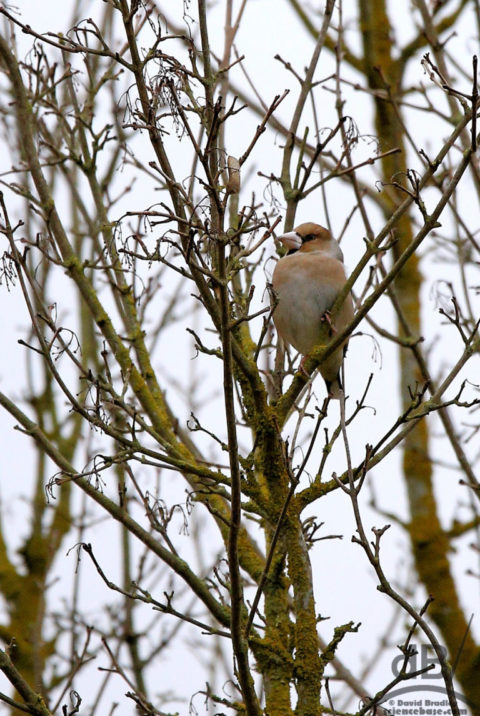
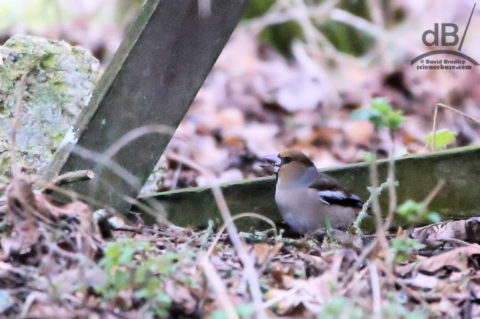
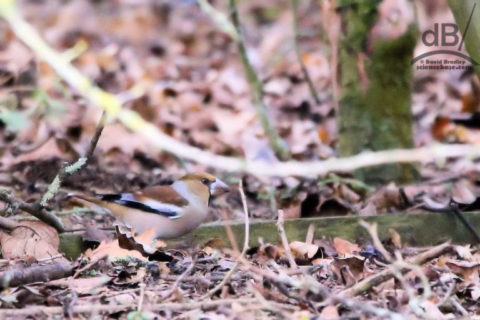
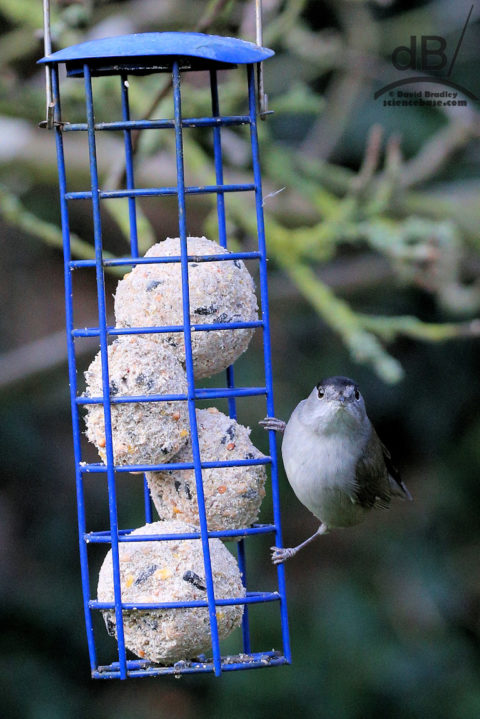
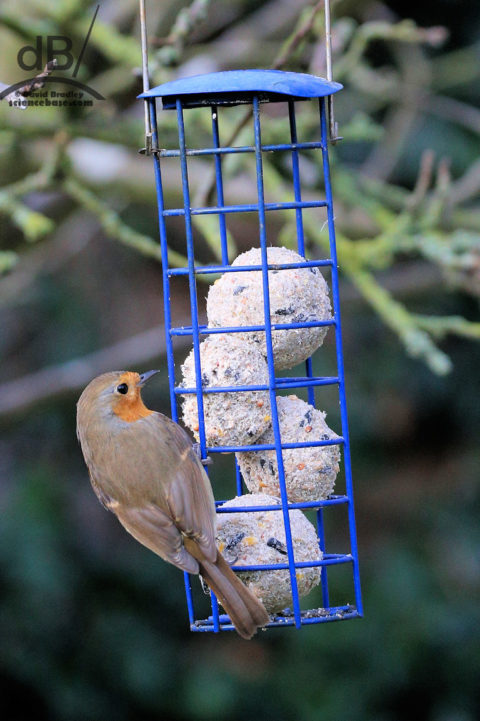
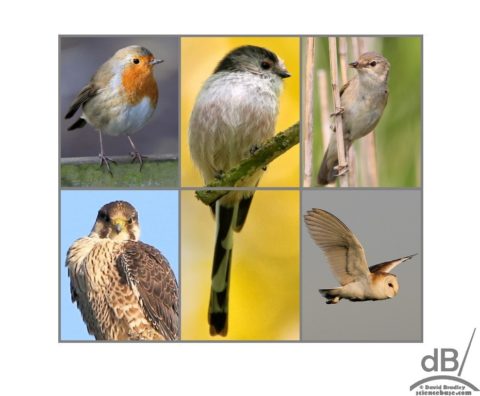
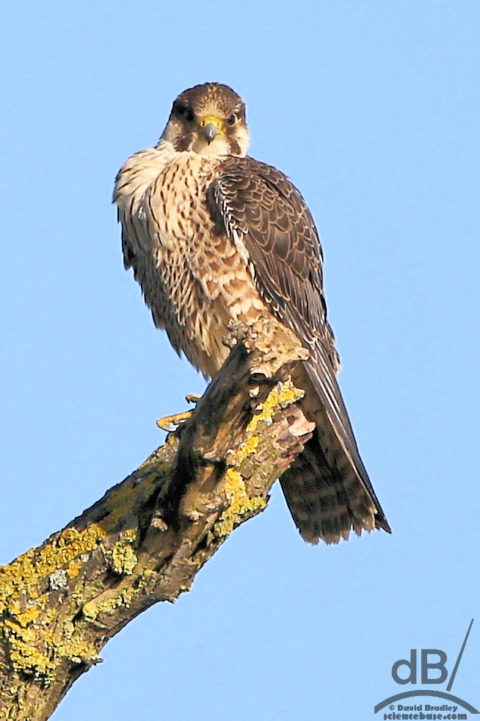
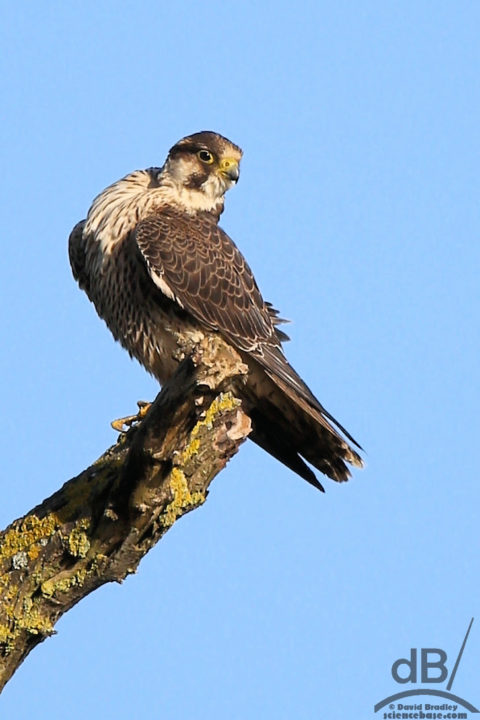
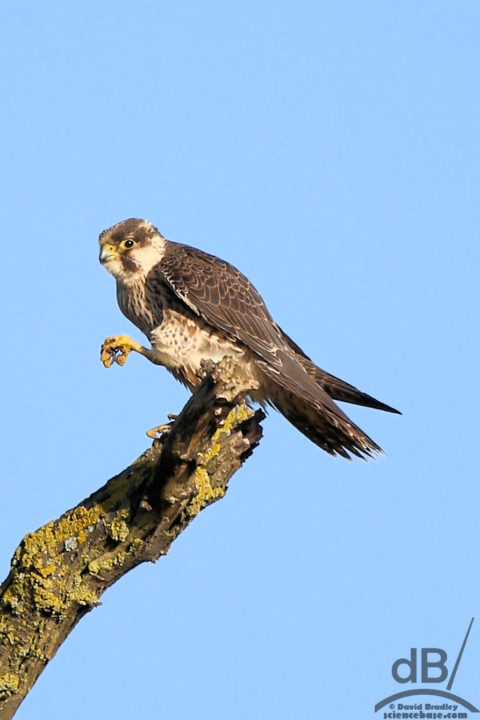
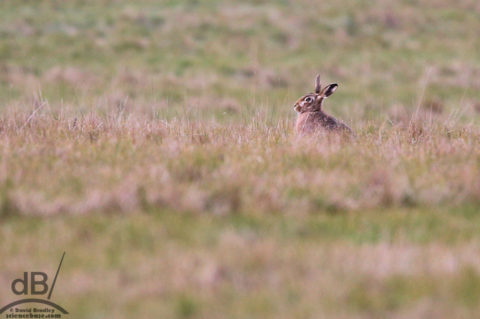
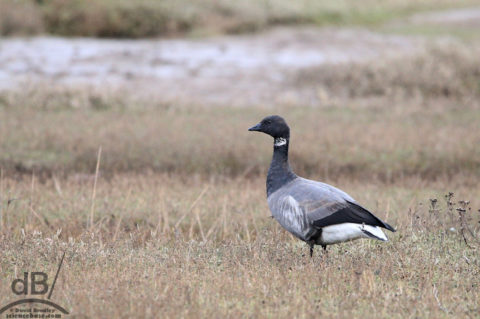 Lots of Curlew (Numenius arquata), Redshank, Little Egret, occasional Skylark, possibly Meadow Pipit, Blue and Long-tailed Tit, Linnet, Wigeon, Chaffinch, Mallard, Teal, Black-tailed Godwit (on floodwater further inland).
Lots of Curlew (Numenius arquata), Redshank, Little Egret, occasional Skylark, possibly Meadow Pipit, Blue and Long-tailed Tit, Linnet, Wigeon, Chaffinch, Mallard, Teal, Black-tailed Godwit (on floodwater further inland).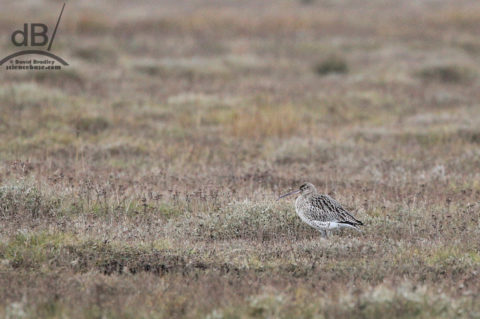
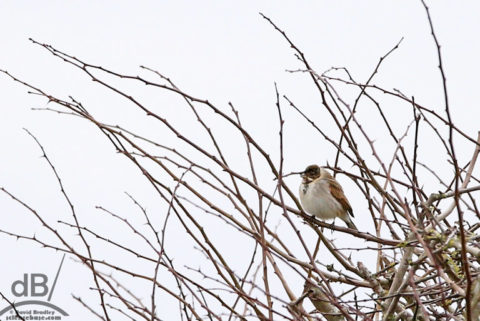
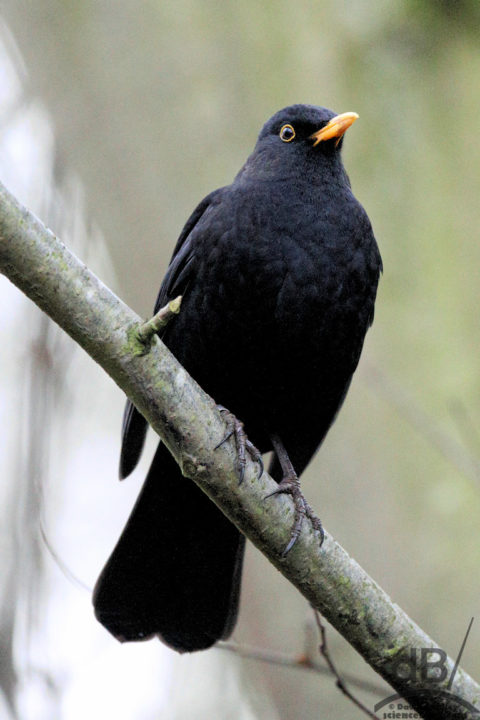
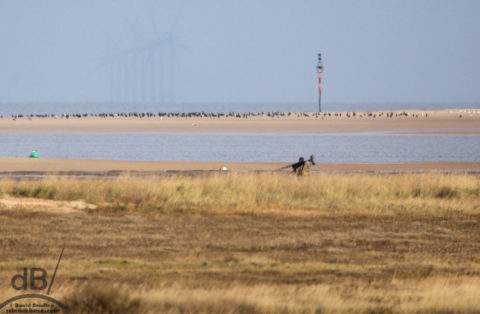
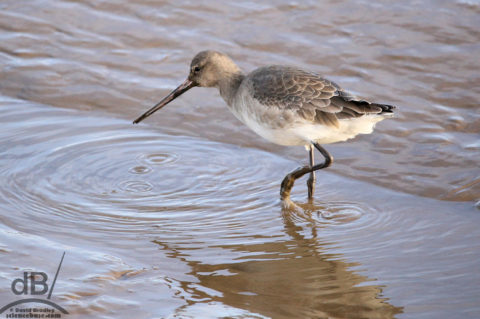
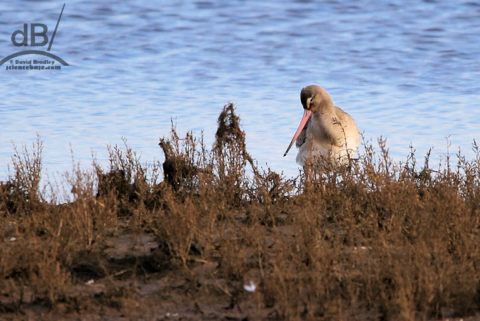
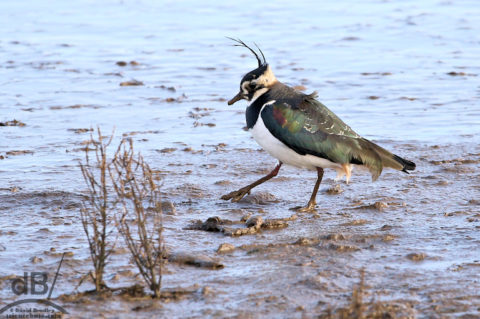 Grey Plover (Pluvialis squatarola)
Grey Plover (Pluvialis squatarola)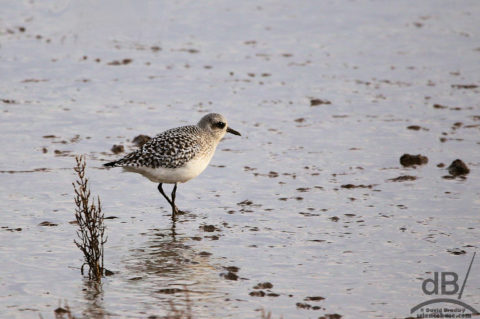 Dunlin (Calidris alpina)
Dunlin (Calidris alpina)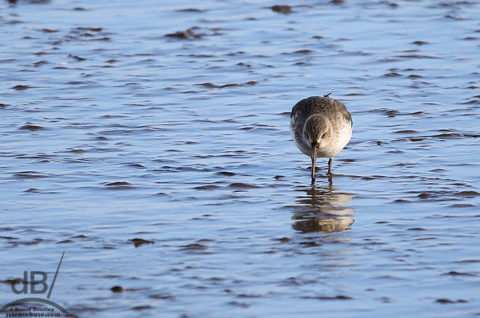 Ringed Plover (Charadrius hiaticula)
Ringed Plover (Charadrius hiaticula)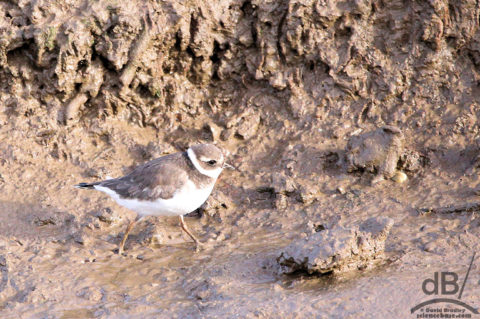 Common Redshank (Tringa totanus)
Common Redshank (Tringa totanus)